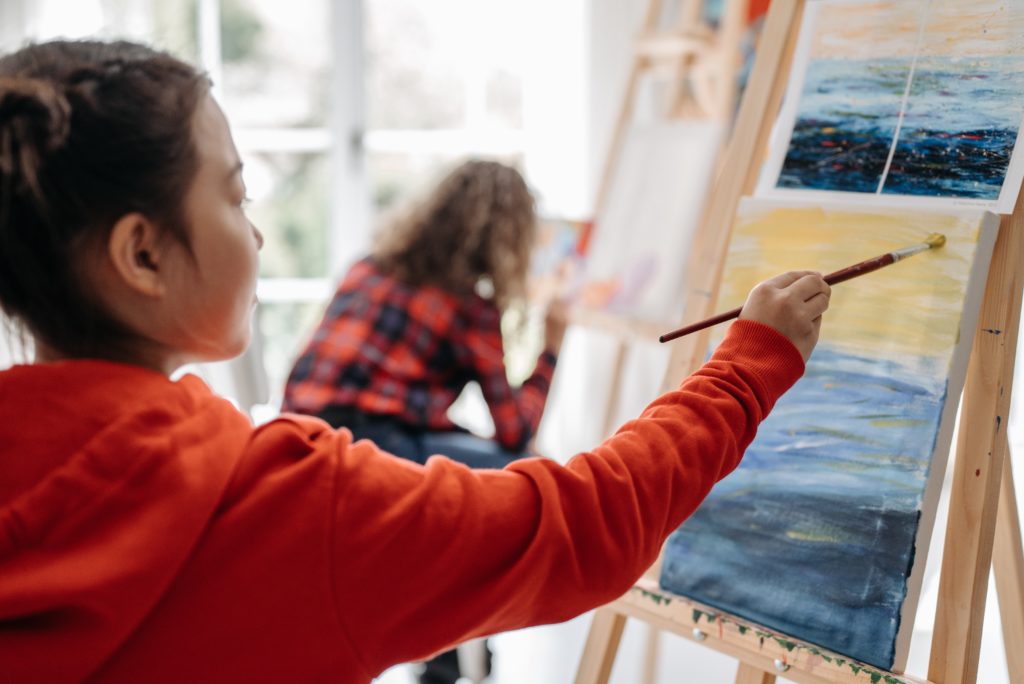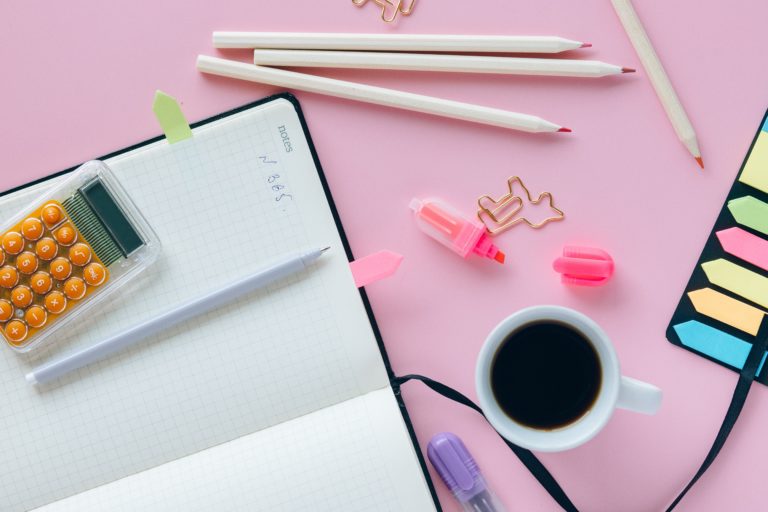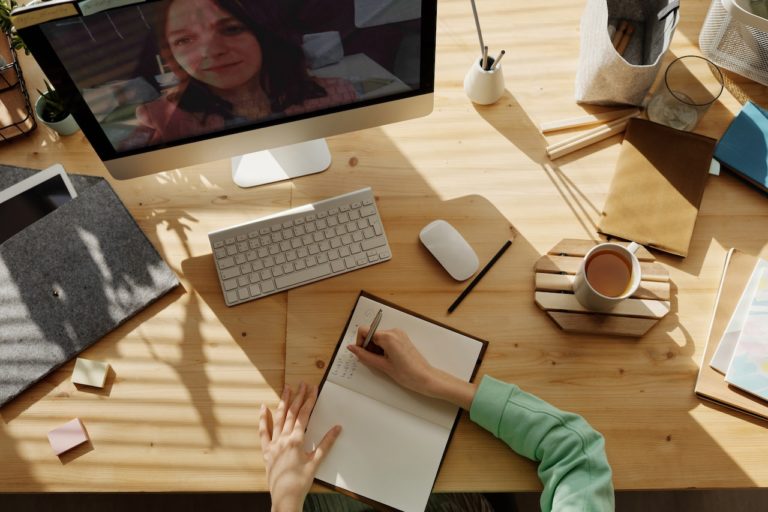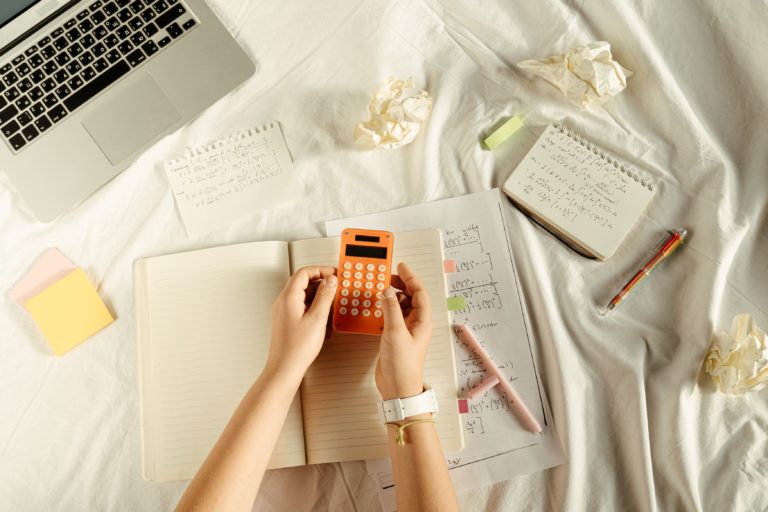“Why do I need maths? I have a calculator on my phone, tablet, and laptop that can do it all for me.” Sound familiar?
It’s easy for children to see maths as a pointless skill, but we know that’s not true. Maths is so much more than just numbers and formulas. In fact, maths is a fundamental part of everyday life. And it’s essential that our children have the right attitude and mindset towards it.
Maths is used in everything from cooking and baking to shopping and budgeting. Even when you’re travelling, maths is involved in calculating distances, time zones, and exchange rates. By understanding basic maths concepts such as addition, subtraction, multiplication, and division, our children can become more efficient and confident in their everyday lives.

How can we as parents make maths relevant to help our children appreciate its value and importance?
One of the best ways is to incorporate maths into everyday activities. For example, when grocery shopping, ask your child to help you calculate the total cost of items, including discounts and taxes. When cooking, ask them to measure out ingredients and help with portioning. These activities not only make maths more fun but also show our children how it can be applied in real-world situations.
Another way to help our children appreciate maths is to show them how it’s used in fields such as engineering, finance, and technology. Even if your child is interested in the creative industries, maths is still very relevant.

Here are a few examples of how maths is used in art and design:
- Proportions in drawing: In drawing and painting, artists use mathematical concepts such as proportions to create accurate and lifelike images. By understanding the ratios between different parts of the human body, artists can create realistic portraits and figures.
- Perspective in painting: Perspective is another mathematical concept that is crucial in art. By understanding the principles of linear perspective, artists can create the illusion of depth and distance in their paintings, making them more realistic and engaging.
- Symmetry in design: Symmetry is an important mathematical concept that is used in many art forms, particularly in design and graphic art. By creating balanced and symmetrical compositions, artists can create visually pleasing and harmonious designs.
- Fibonacci sequence in nature: The Fibonacci sequence, a mathematical series in which each number is the sum of the previous two numbers, can be found throughout nature, from the arrangement of leaves on a stem to the shape of a seashell. Many artists have incorporated this mathematical concept into their work, creating stunning and intricate designs.
- Geometry in architecture: Architecture and design rely heavily on mathematical principles, particularly geometry. From the shapes and angles of buildings to the layout of furniture and decor, geometry plays a crucial role in creating visually appealing and functional spaces.

By demonstrating the practical applications of maths in the areas of your child’s interest and in everyday life, we can help our children understand the importance of this subject. Plus, learning maths helps to develop critical thinking and problem-solving skills, which are essential for success in many areas of life.
We use maths everywhere in today’s world. Data scientists are using it to produce algorithms for financial models, to make roads and railways more efficient, and to manage and model statistics for pandemics like the Coronavirus. It’s used to predict the number of beds needed in hospitals for maternity and other care, and to work out the engineering on buildings and bridges. So, the question should really be, where don’t we use maths in daily life?
Let’s help our children see the value in maths and how it can enhance our quality of life, lead to fun experiences, and even help us give back to others. By bringing their experience of learning maths into the everyday world of living, we can make it more relevant and enjoyable for them. And more importantly, set them up for success in the future.






